|
Price: USD3990
( Exclude shipping cost . Include combo remote controller. It need two AAA batteries support by users .)
Non DSD support, support PCM up to 384KHz .
We are doing the market survey if produce this model, if you are
the DAC7 chipset fans and miss it much,
want to buy it please send email to us.
If you are not the DAC7 chipset fans, pass it, the R-7 HE is the
better choice .
audio-gd@vip.163.com
Two chassis versions available,
customer must inform while place the order ,otherwise we ship the
edition randomly:
HE-1547 Black
HE-1547 Silver
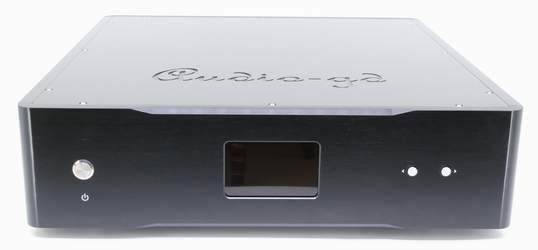

Click to download the
driver of
Amanero
combo 384
What about Philips Bitstream DAC7 chipset (SAA7350+TDA1547)?
Maybe the Philips DAC7 chipset
would only imprint in the memories of old birds
Reminiscing the 1990s, she was like the green light across the
bay, forever out of reach, just like she, whose beautiful lover
only appeared in my dreams. Perhaps I was the only one who felt
this way?
Back in the days, the DAC7 chipset
was often featured in magazines, promoting its excellency and
its popular use in famed products. It was entitled " The pearl
in the sea" .To a hifi fans, the yearning for it haunts us every
day and night, not unlike one’s fancy for his first love.
To my desperation, even with a decent
job,the salary was merely a few thousands Yun. Not to mention
famed DACs, even the Philips or Marantz CDP with DAC7 chipset
were unimaginably expensive for a young man who has not a
millionaire father .
In1995 years , I own the first
unit built in the DAC7 chipset , though she is a thin CDP made
in Europe ,but I like her . I often open the chassis , view the inside
design. Later , I often took off the board and do modified .
Until 2000 years, I finished the first one
DAC that built in the DAC7 chipset, that is the regular but popular
configure, CS8412 + SM5813 + DAC7 + Passive I/V conversion + diamond
differential amp , that made me drop in the happiness for some
months .
Not until 2000 years, I finished my
first DAC with DAC7 chipset,. Although the circuits were
regular, CS8412 + SM5813 + DAC7 + Passive I/V conversion +
diamond differential amp, I dropped in the happiness for a
months .
In 2004, I purchased a Marantz
CD16,because it built in the DAC7 chipset. I still kept it
.
The same year, I purchased hundreds
of DAC7 chipset (TDA1547 and SAA 7350 ).
Rumors had it that Philips confessed
that optimal performance of the DAC7 chipset had not been
achieved. After listening to some lot the DAC7 chipset products
from Philips and Marantz , I deeply believed that .
In 2005, we released the DAC-17,
built in dual SAA7350 and fully balanced design. It was our top
seller at the time, supporting our growth.
In 2007, we released the DAC-11,
using DAC7 chipset and fully balanced design.
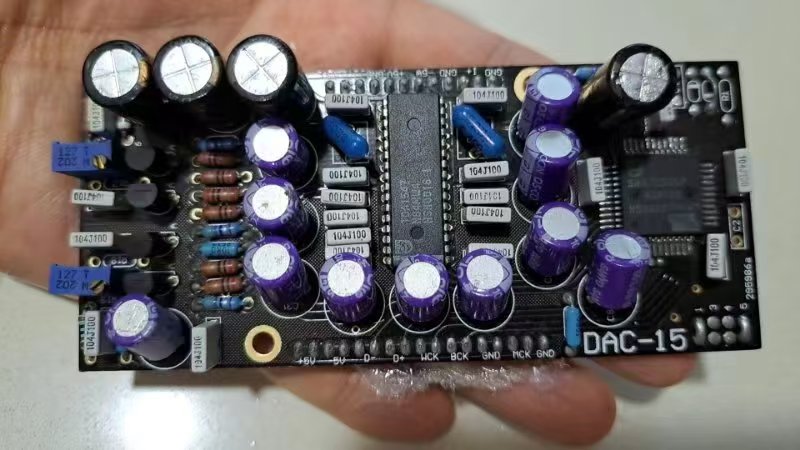
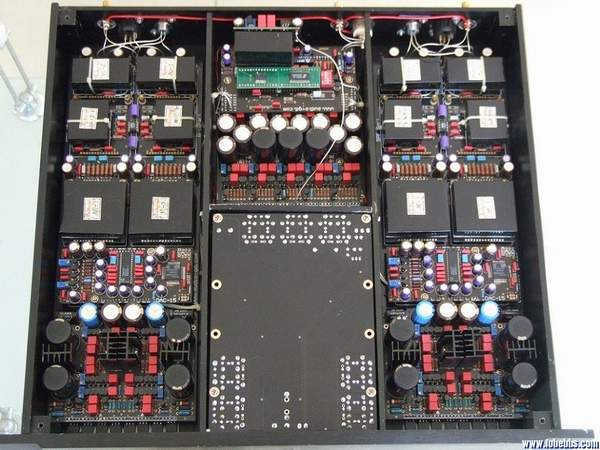
DAC-11 module and whole unit
Looking back, I had to admit ,
I could not optimize the DAC7 chipset to obtain a pleasing
outcome. Sometimes I think, or the Philips DAC7 chipset just
that , too famous than she's performance?
Disheartened, I had not
attempted new designs of the DAC7 chipset in the dozen years
that followed.
An unnamed fearhaunts in
the back of my mind.
But this dozen years , I still
remember she often, I told myself I must built a good enough DAC by
the DAC7 chipset , least for myself.
However, amidst fear, prevailed
my love and desire. A desire to design a good enough DAC by DAC7
chipset, powered by my love for it, a love that is deeply
engraved on my heart.
That is an unforgettable
love of life .
Despite diligently studying on
the DAC7chipset, I could not get rid of the fear. A fear similar
to not being able to rekindle with an old love in the perfect
place and time. Therefore, I have not had the courage to
reembark on this journey.
It is now 2024, 17 years later,
how many 17 years does one have?
What's new on HE-1547?
1, Overclock :
The regular DAC7 chipset design , either 256fs and 384fs sampling
clock, the different between them is the clock frequency , no
different in the fact .
The HE-1547, apply the 512fs sampling clock design , compare to the
regular 256fs design, that is double overclock apply , and double
data transmit . After repeat to test and audition, confirm
the 512fs overclock can obvious improved on the sound transparency ,
and the sound weight, and more larger dynamic , more larger sound stage
but still keep the unique sound flavor of the DAC7 chipset .
2, Fully balanced:
Each channel apply one SAA7350 to drive two TDA1547, the whole unit
has built in two SAA7350 and four TDA1547 chips , similar to the
below configure diagram . The balanced digital signal feed to
SAA7350 inputs, path TDA1547, to end of the analog output buffers, all
working under the balanced mode, counteracted most noise and
distortion , that got more transparency, blacker
background and more exact detail reproduced.

Full balanced configure diagram of the DAC7 chipset
3, Fully isolation:
For
avoid the digital parts feed the noise and interrupt to the analog
parts, every SAA7350 output has equipped with a high speed isolate chip to isolate
the signals , therefore the digital , left and right analog circuit parts
total isolation.
4, fully current signal transmit :
The
most criticized is the OPA built in the TDA1547 for the I/V
conversion, these OPAs similar to the NE5532 level , though very
excellent when TDA1547 released but after several decades, just like
the withered flowers , it became the bottleneck to perform the DAC7
chipset performance .
The
popular improve method is bypass the built in OPAs, get the current
signal of the TDA1547, built the external OPAs to perform I/V
conversion .
I don't
buy this method . My first DAC7 DAC I built in 2000 years, already
apply the passive I/V conversion , the DAC-11 in 2007 years, bypassed the inside OPAs, build
the discrete OPAs at outside to perform I/V conversion , got the
current signal of the TDA1547, both can
improve on sound quality.
The
HE-1547, apply the most direct method , got the current signal of
TDA1547, feed to the ACSS amp directly , no any OPA and no any
conversion parts between them , inborn the ACSS amp has the most
neutral sound character, this method can get the unique original
taste and flavour of the TDA1547.
5, Up to 384KHz support:
The DAC7
chipset support up to 53KHz sampling only , for nowdays the popular
music format, that can't work good. The HE-1547, support up to
384KHz, though no DSD support but already can suite most
popular music format request .
HE-1547 sound flavor?
That's very
difficult to describe the unique sound of the HE-1547, you
can't hear this sound flavor from other non bitstream chips built in
products . The middle and high has the soft and smooth flavor , the
feeling just like looking a photo it with a tiny yellow and warm
color tone , made the feeling most relax. but the whole sound still
detail , balanced and dynamic.
When I listened
other DAC7 built in unit, the weak is too soft bass and less dynamic
. In the HE-1547, the bass is punch , deep and spring , sound good
enough for the large classis music.
HE-1547 others' technology apply :
Fully analog regenerative power
technology:
A regenerative power supply is like a
private generator built into the machine. It can filter out the
interference on the power line to the greatest extent, provide super
pure power to the audio components and restore a tuneful and
impactful bass and a highly analog signal to the audio system and
end-users.
In the implementation of the
regenerative power supply, the 120V/220V AC power is converted to
DC through the regenerative power input transformer, which is
then supplied to the regenerative waveform generator and driver
through a class-A parallel stabilized power supply.
A set of balanced regenerative
waveform generators produce an ultra-low distortion 50Hz sine wave.
Following a balanced gain stage and a powerful driver stage, three
regenerative power output transformers output pure voltage, both
stable in terms of amplitude and frequency.
Two sets of class-A parallel
regulated power supplies provide independent power supply for the
analog output stages of the left and right channels and the digital
audio parts with its different processing functions. Both the
regenerative waveform generator and the driver are powered by a
class-A stabilized power supply, so that their work is not affected
by changes in the mains and interference.
The class-A shunt regulator has a
very high input impedance to block interference, preventing
disturbance on the mains power line from entering the audio circuit
and affecting the sound quality, and also avoiding the crosstalk
generated by the left and right signals through the power supply
thus improving separation. The low output impedance has excellent
linearity and speed, which also makes for an excellent regulated
power supply design. Audio-gd's arguments on the design of
regenerative power supply:
1. Through the internal design
analysis and actual test comparison of AP SYS-2722, the distortion
of the purely analog regenerative sine waveform generator is much
lower than that of digital synthesis generators.
2, The digital drive stage can
have higher power conversion efficiency, but the fully analog drive
stage has a more analog flavor.
3. The regenerated waveform
frequency of 400Hz has higher power conversion efficiency. However,
the regenerated waveform frequency of 50Hz is farther away from the
sensitive area of human hearing than 400Hz, and the sound quality is
thus more mellow and natural with 50Hz.
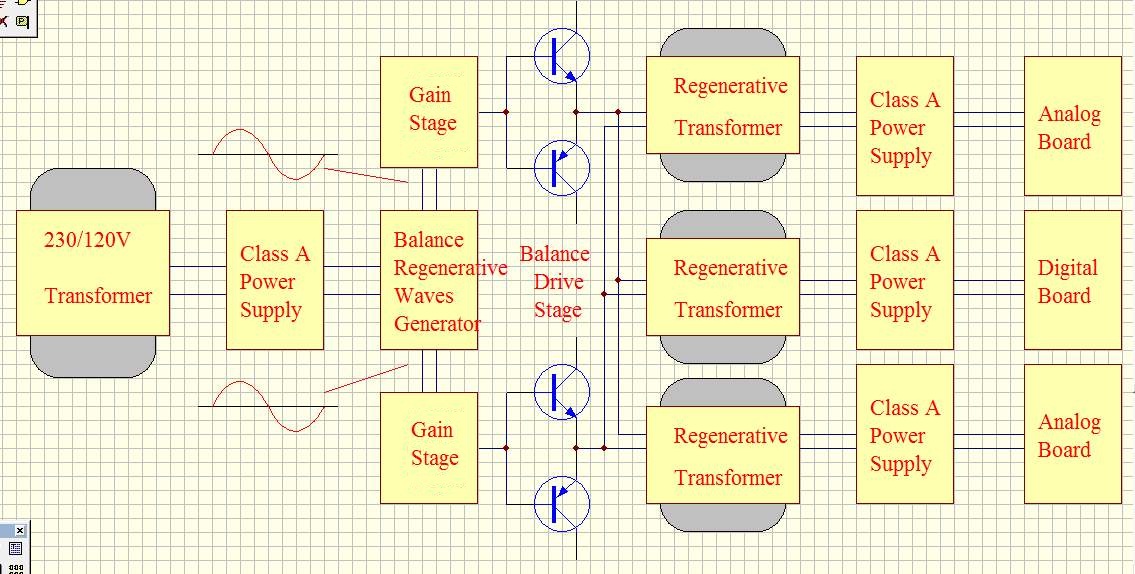
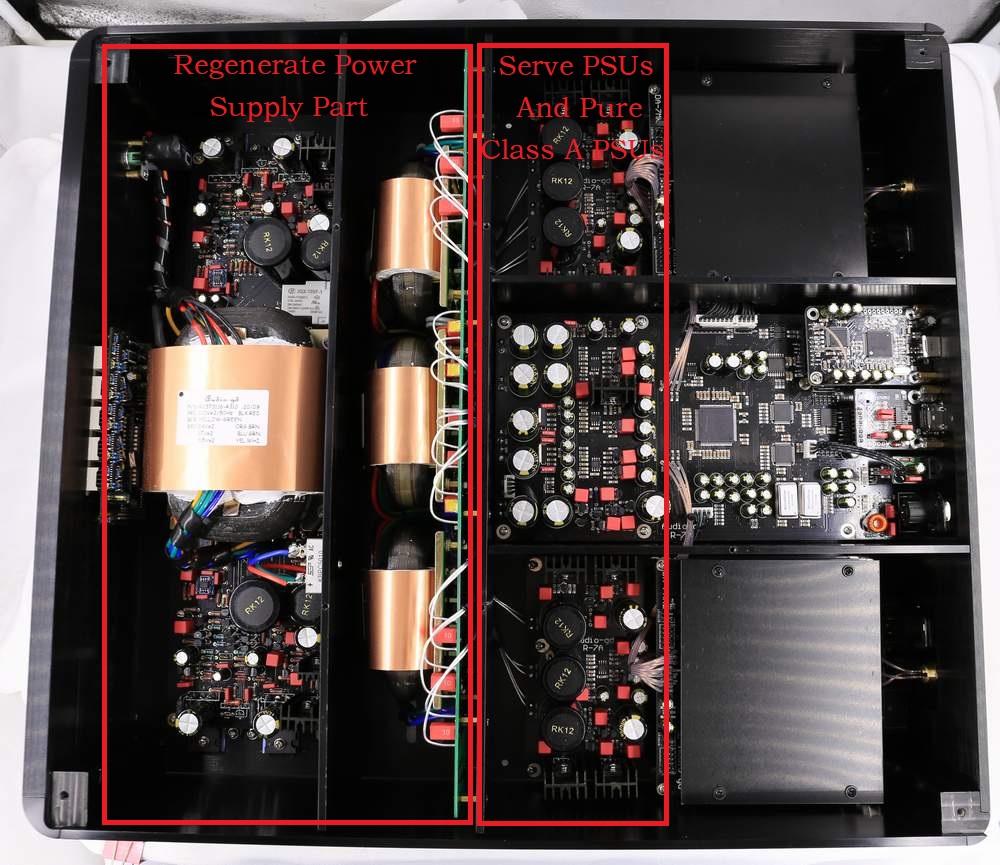
programmable FPGA/CPLD
apply:
On important thing to
underline about the FPGA/CPLDs is that they are programmable logic
array devices. Nowadays, FPGAs have been used in many high-end DAC
products, such as the popular ROCKNA WAVEDREAM DAC.
Since 2008, we have used
FPGA designs in DAC products. This machine is composed of one FPGA
and 7 CPLDs at the heart of digital processing.
The hardware layout
inside the FPGA can be designed and arranged through software,
therefore the hardware can be upgraded through software updates.
As a benefit, this
design has a high degree of flexibility. It allows improving sound
quality, adding functions, and keeping the product up-to-date, all
through software (firmware) updates.
1. the FPGA implements a
high-performance SPDIF demodulator (instead of using low-performance
SPDIF demodulator chips such as DIR9001, WM8805, AK411X, etc...).
2. Combining clocking and FIFO
technology to output data, it can be accurately synchronized to the
clock, and thus reject jitter.
3. Built-in 2X, 4X and 8X
digital filters and different NOS modes allow users to choose the
tone that best suits their personal taste.
Fully
discrete analogy stage:
The last stage in the
signal journey is the analog output stage has
a decisive influence on the sound quality of the DAC.
No matter how excellent
digital circuit design is, without an excellent analog output stage
design, the sound quality will become extremely ordinary.
The high-speed ACSS
amplifier is used for signal amplification and processing.
The ACSS
amplifier is designed without negative feedback and works in the
current signal mode. It does not have to repeatedly transform the
signal between current and voltage like other designs.
Benefit by the unique ACSS
design , it only has one stage can process the analogy signal ,
but not as other classis or OPA designs need least 2-6 stage,
that can reproduce the most least coloration on the sound .
The output buffers are working in a pure class-A state, with no
negative feedback at all, it has enough high output drive ability
that can reduce the cable effect ,so that it can reproduce pure and lifelike
sound signals.
Powerful power supply design:
4 Uses
high-performance R-core transformers with a total power of 295 W and
more than 70,000 uF of audio-grade filtering capacitors to ensure
the purity of the power supply.
13 sets of newly
designed discrete servo stabilized power supplies and 7 sets of
ultra-high-speed linear stabilized power supplies provide separate
power to the digital circuit of this product.
The 7-group
stand-alone class-A parallel regulated power supply separately
supplies power to the regenerative power driver and each part of the
analog audio.
|
